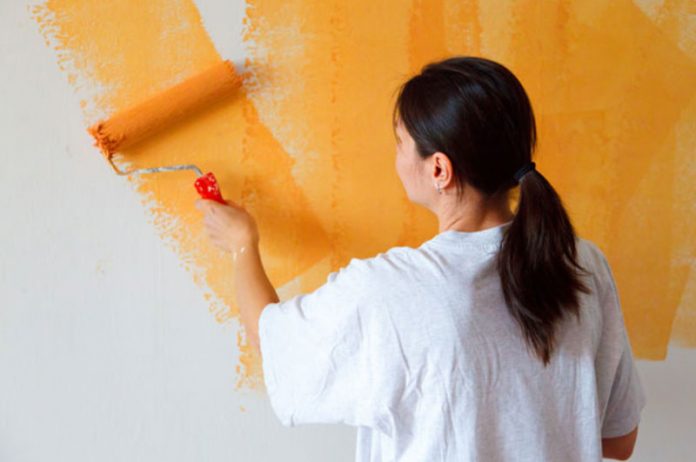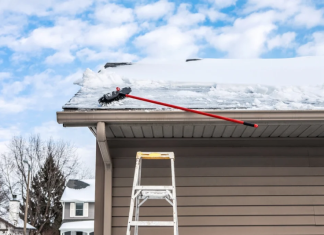Adding a fresh coat of paint is perhaps the fastest and easiest way to transform your home. Most people choose to paint on their own, and it doesn’t require any specialised training. However, the actual process is more taxing than many homeowners realise. If you want to know how to paint a wall with professional results, be sure to follow these tips.
Always prep
You don’t want to paint any surface without fully prepping it first. Paint needs a clean, smooth surface in order to adhere correctly. If you try to paint over old and dirty walls, you’ll end up with cracking and streaking.
Before you pick up a paintbrush, take the time to sand and smooth out every bump and dent in the wall. Fill any holes or imperfections with putty to camouflage them. This is also the best time to gently wash the surface with a mild cleanser and water.
Priming is key
All professional painters recommend priming walls before painting the surface. While you should always apply primer before painting over a dark colour, it’s helpful for lighter hues too. Primer prevents the old paint from peeking through, and it allows for more even coverage. A coat of primer prolongs the new paint and prevents blisters or peeling.
Choose canvas drop cloths
While the price of plastic drop cloths may seem appealing, canvas is far superior. Plastic is more likely to cause paint splatters and transfer. On the other hand, canvas absorbs any drips, reducing the chance of you tracking paint around the room. Canvas also lays flat, and the material is easier to fold around your flooring or furniture. Best of all, you only have to invest in canvas once.
Put away the ladder
Climbing on a ladder to paint is a recipe for disaster. It’s much easier—and cleaner—to paint high walls and ceilings with an extension pole. You can adjust the angle of the pole to fit into any corner, and you won’t have to worry about losing your footing on a stepladder.
Say goodbye to paint trays
Many paint splatters happen when pouring paint from the can to a tray. Not only is this a hassle to clean, but you’ll also lose valuable paint in the process. Instead, you should opt for a paint grid. This device hooks directly to the rim of your paint bucket. Simply dip your roller or brush into the bucket and scrape off any excess on the grid. When you finish painting for the day, all you have to do is push the grid into the bucket and close the lid.
No more dried paint
If you don’t finish painting in a single day, you need a way to store your supplies overnight. Since paint eventually dries, it’s crucial to keep air away from your brushes and rollers. Instead of cleaning each brush, cover them in plastic wrap. Store the brushers in the refrigerator to keep them fresh until the next day.















